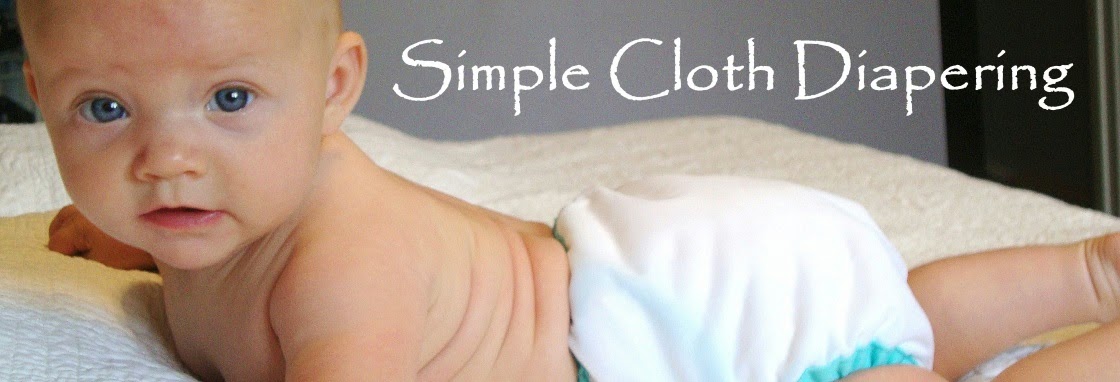I did experiment with other liners first of course. I have several kinds and never use them because my t-shirt liners are so much better. Here is a popular brand of disposable liner:
And here is a flushable diaper liner:
Notice anything? You can see through both of them! And if light travels through both of them, guess what else travels through these flushable and/or disposable diaper liners? They don't quite get the job done like I like. And they are expensive, considering that you have to toss them with every use (even if they are only wet and not dirty, which is the majority of the time). They also slide around and bunch up when they are on the diaper, so they don't stay in place well.
So when I came up with the idea of t-shirt liners, I never looked back and have been using them ever since. When I told a few other cloth-diapering mamas about these, they started making and using them too. Now it's your turn! Here is how to make these simple and easy liners for free:
1. Get free fabric. Any 100% cotton t-shirt material works (jersey knit, not bedsheet fabric). It is so easy to get the material to use for free. Just clean out your husband's and your t-shirt collections and grab any that have holes or stains or that are stretched out and ready to throw out anyway. Then go through all your kids' clothes and do the same. Even 100% cotton knit pajamas and shorts work (as long as they are that t-shirt type fabric that does not fray when cut). I even had my parents give me their old t-shirts, and pretty soon I had more than I will ever need!
2. Cut up the t-shirts into rectangles about the size of a sheet of paper. Don't measure or use a ruler or mark lines. Just start cutting with good fabric scissors. Estimate the size and cut quickly. My liners are not perfect rectangles, as you can see, and they are all a little bit different in size. Go ahead and cut up a big pile of these.
3. To use these wonderfully soft, 100% cotton diaper liners, follow this little tutorial:First, gather the 4 pieces of your simple diapering system, the prefold, the t-shirt liner, the snappi, and the cover.
Simply lay the t-shirt liner on the prefold as shown.
Then roll in the sides, like I explained in my last post.
Bring up the bottom. Fan out sides, and fasten.
Here it goes on my baby. Lay liner on prefold.
Bring the liner up on baby between her legs.
Roll up one side of the prefold while holding the liner in place. You get really quick at this.
Roll up the other side in jellyroll fashion, like I explained in my last post.
then the other side.
Pull them snugly and fasten with a snappi.
Since this is a size medium prefold, and my baby is on the small end of the weight range for that size prefold, there is a lot of the prefold sticking out the top, right? We'll take care of that in a second.
But first pull up and back on the top of both sides of the diaper, and you'll see it snup up on baby's legs. It is important to get a really snug fit around the legs.
This ensures a nice, tight fit by folding down the prefold after, not before, it is fastened.
Notice how the liner is sticking out of the prefold around the legs? That's how you want it! The prefold will keep the liner in place this way, and the liner will catch all the mess!
Now, here is the great thing about these t-shirt liners: When you go to change your baby's diaper, if the liner is soiled, simply shake solids into the toilet and throw away the liner! If it is only wet, put the liner into the diaper pail with your diapers and wash it with them. You will only throw away 1-2 liners a day (only when baby poops), and the rest will be washed and reused. You were going to throw away all those old, stained, stretched-out, faded t-shirts anyway! No poop on your diapers to spray (think the ricochet effect) or to swoosh out in the toilet! These t-shirt liners simply take the poop out of cloth diapering!
If you think you will use this idea, please like my site on Facebook. (See sidebar on this blog.) Also please share this site with others. Thanks!
















































